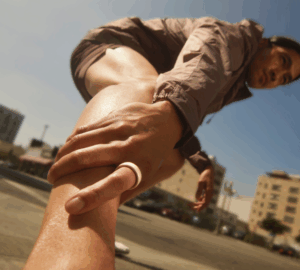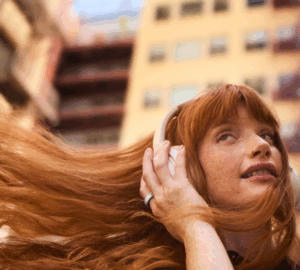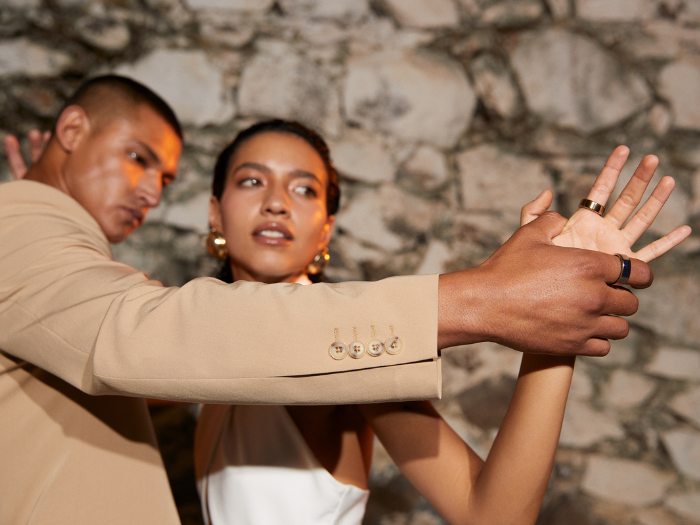At Oura, we are continuously working to improve the accuracy of our features. A recent development that we’re proud to announce is that Oura’s Automatic Activity Detection (AAD) feature is now 89% accurate.*
In other words: Oura is better than ever before at detecting what type of activity you’re doing and for how long. Whether you’re downhill skiing, practicing yoga, or doing housework, Oura now recognizes 40 activity types — automatically.
“We are delivering on Oura’s promise to improve the way members live their lives with a more complete and accurate picture of movement,” says Maris Jameson, Activity Product Lead at Oura.
READ MORE: Oura’s Automatic Activity Detection
Creating a more accurate activity detection tool, however, was no simple task. “It’s easy to make a human activity recognition system that works well for running, but making one for all types of movement is much more difficult,” Jameson explains.
The fine-tuning process began nearly two years ago, with Oura’s software product and engineering, hardware and firmware, science, and data science teams coming together to tackle the challenge, all united behind the Activity team’s mission to make “all movement count.” Keep reading for a detailed look inside the process.
Stage 1: Reviewing Feedback from Members
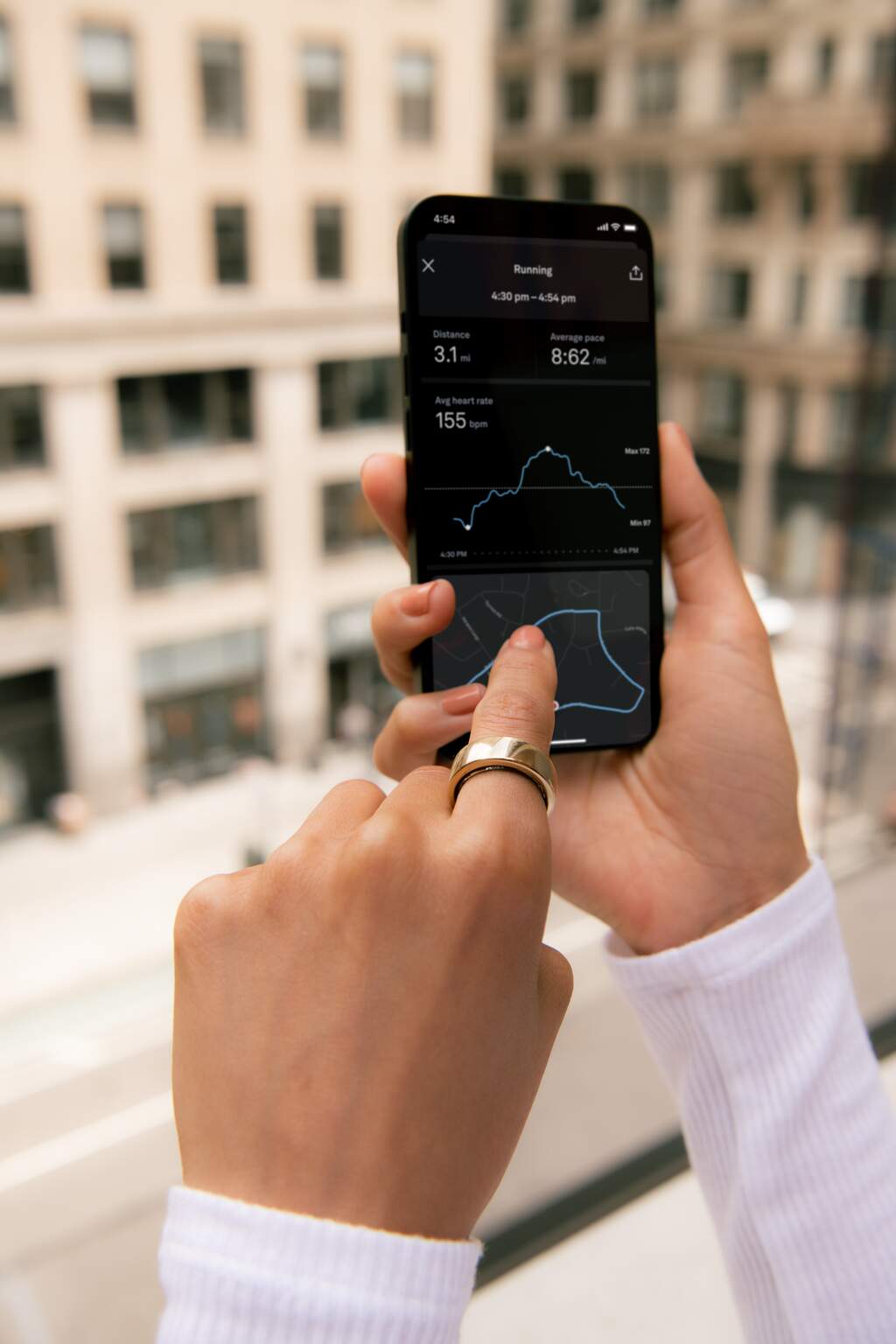
Before the 18-month-long overhaul of AAD, the Activity team began their efforts by identifying and understanding the pain points of Oura members. Most commonly, Oura members flagged that the wrong exercise type had been detected.
To address this pain point, “We harnessed the previous versions of AAD, which provided us with a very large dataset of activities from thousands of members,” explains Nicolas Beuchat, Senior Data Scientist at Oura. “Many of these members had corrected the prediction of the algorithm with the right activity label.”
For instance, a member may have been hiking, but Oura detected an elliptical workout instead. When the member selected the correct activity in the Oura App, it helped to train the algorithm.
Stage 2: Training the Algorithm
To train a machine learning algorithm, it’s essential to have a large amount of data on hand, says Beuchat. “This allows us to train a larger and more advanced machine learning algorithm that can take into account subtle changes in the data and help correctly predict the activity,” says Beuchat.
“As with any machine learning project of that scale, a lot of work went into gathering and cleaning the data; engineering the best features that help us detect very specific activities; and training, optimizing, and validating the machine learning model,” says Beuchat.
As well as training the algorithm with a larger dataset, the Activity team also conducted real-life testing with Oura employees to better identify specific movement patterns. “It was a cross-functional effort,” says Jameson.
“For example, Oura employees who cycled to work reported daily bugs and provided feedback, and we worked closely with other teams and developers to help create an enhanced member experience.”
Training the algorithm improves the accuracy of more niche exercise types, like hiking, yard work, and housework, which saw massive gains in prediction accuracy of up to 50%.
Stage 3: Overcoming Challenges
The Activity team faced a few hurdles when working on the new and improved AAD. Those challenges largely revolved around the fact that the Oura Ring is just that — a ring!
“The form factor of the ring presents a unique challenge,” says Jameson. “Consider the movements of your fingers compared to the movements of your wrist. Fingers move a lot more!” When you’re typing on your laptop at work, or washing the dishes, your fingers are active, more so than the other locations of other wearable devices.
Oura Ring uses a 3D accelerometer for activity tracking, which measures how your ring moves up and down, side to side, and back and forth. This system captures most of your daily activities well. However, all accelerometers have more difficulty with activities that involve limited hand movement in one direction (e.g., an elliptical, lifting weights), no hand movement (e.g., cycling), or intense movement that is isolated to your hands (e.g., drumming).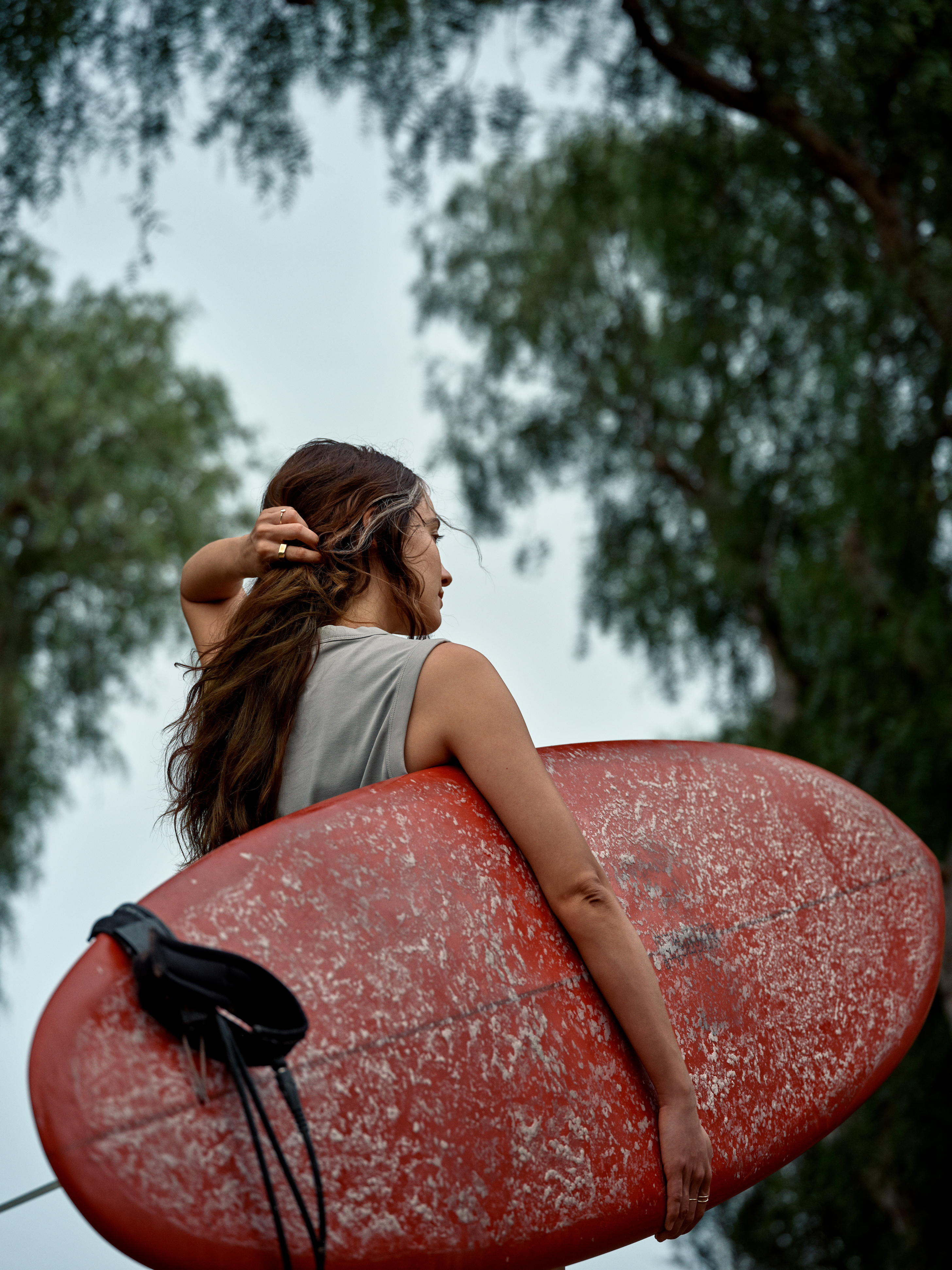
“The most challenging aspect is to avoid detecting non-activities that involve a lot of hand movement, without rejecting activities that Oura members are interested in tracking,” says Beuchat. Said another way, the team focused on isolating relevant forms of movement versus sedentary finger activity.
“Vibrations from a motorcycle, a car steering wheel, or even a shower can sometimes be detected as activity on Oura,” says Jameson. “However, with the improvements in the feature, this will happen significantly less.”
The way the shower hurdle was overcome may take you by surprise: “We set up an experiment with external volunteers taking ‘fake showers’ in order to get the data from their rings,” says Jameson. “We used this data to train the algorithm.”
READ MORE: How Oura Measures Steps & Activity
Stage 4: Delivering an Improved Movement Experience
“Members have already shown delight in seeing their unique activities being correctly detected,” says Beuchat. “I personally love getting activity credit for my salsa dancing!”
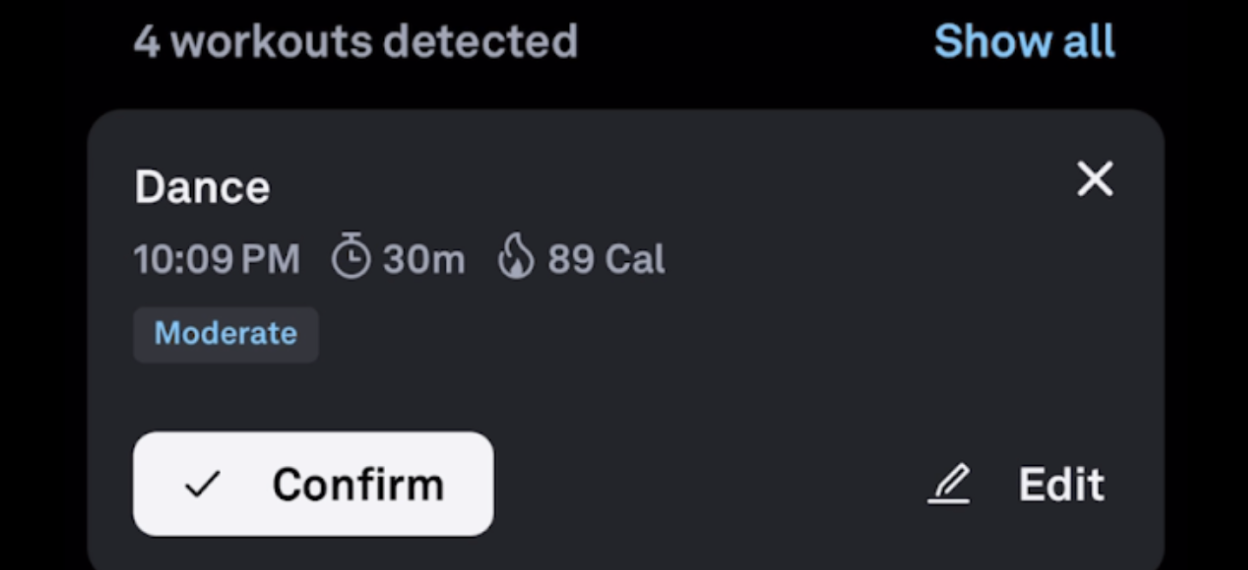

Plus, the newly improved AAD can help Oura members realize that all types of movement can be beneficial.
“Many people think you need to do a vigorous workout to obtain health benefits from exercise,” says Marco Altini, PhD, Data Science advisor at Oura and movement expert. “The truth is, all movement benefits you — whether you’re doing housework, walking the dog, or stretching on your living room floor.”
The most important thing when it comes to activity is simply doing it. “Studies show that even very low-intensity activity, like walking, can improve your metabolic health,” Altini notes. “Even if you start walking in your 60s, you’ll benefit from it.”
If you’re further along in your fitness journey, you’ll also realize the benefits you’re gaining. “For members with more structured or higher intensity exercise routines, AAD can also better track those sessions, which may bring additional improvements in health and performance,” Altini says.
For instance, you can see the total duration of your workout, the intensity of the activity, and the active calorie burn, which can help to inform future training sessions as well as recovery strategies.
Stage 5: Continuing to Refine Activity Tracking at Oura
“Activity at Oura is undergoing a transformation,” says Jameson. “First, we’re redefining Activity as Movement.” This bold move reflects Oura’s promise to be inclusive, and updating AAD is the first step in that transformation.
“We’re using larger and better datasets, and tapping into more features on Oura Ring,” says Beuchat. “For instance, we’re working on improving AAD for activities with relatively low hand movement, like Pilates, yoga, or indoor cycling.”
“We will be able to do this by combining signals from hand movement and position, changes in biometrics such as heart rate or temperature, as well as the timing of your own past activities from the last couple of months,” says Beuchat.
“AAD will be continuously improved, alongside other activity features like Steps. We have additional features that are also underway that are incredibly exciting and valuable for Oura members,” says Jameson. “Our goal is to reinforce Oura as an industry leader for capturing movement automatically.”
RELATED: Inside the Ring: Building Oura’s Resilience Feature
*Accuracy calculation is based on when any one of 40+ activities are detected by Oura and not dismissed by the member.
About the Oura Experts
Maris Jameson leads Activity product at Oura and is based in Encinitas, CA. Prior to Oura, Maris worked in connected product at Under Armour and most recently was a senior product manager with Nike’s connected product & activity tracking apps. Maris believes deeply in the transformative power of movement and also in Taylor Swift.
Nicolas Beuchat is a Senior Data Scientist at Oura. He is from Lausanne, Switzerland. He has a background in bioengineering and bioinformatics from EPFL and Harvard Medical School where he studied motor adaptation and motor learning. Prior to joining Oura, Nicolas worked in a wide range of industries, from financial institutions, logistics, and most recently as a co-founder of a real estate tech startup
Marco Altini, PhD, is an Oura Data Science advisor and has a PhD cum laude in applied machine learning, a M.Sc. cum laude in computer science engineering, and a M.Sc. cum laude in human movement sciences and high-performance coaching. He has published more than 50 papers and patents at the intersection between physiology, health, technology, and human performance.






